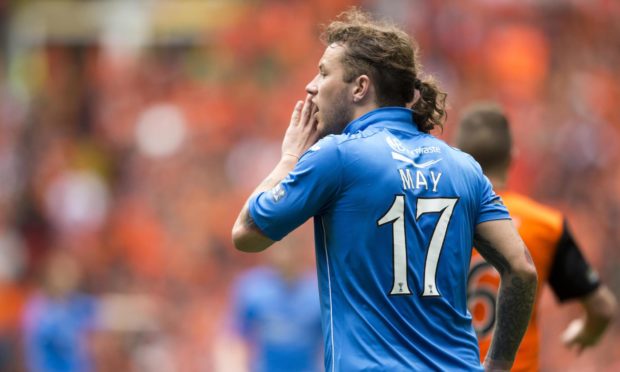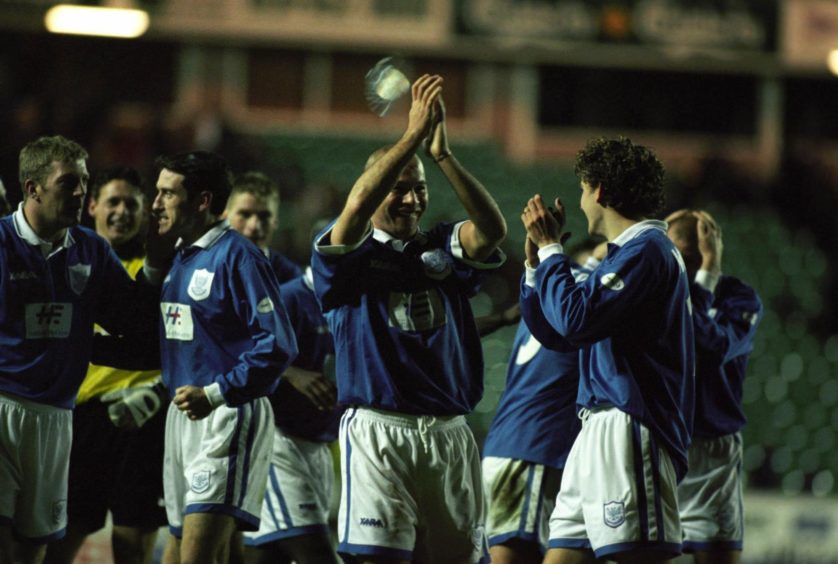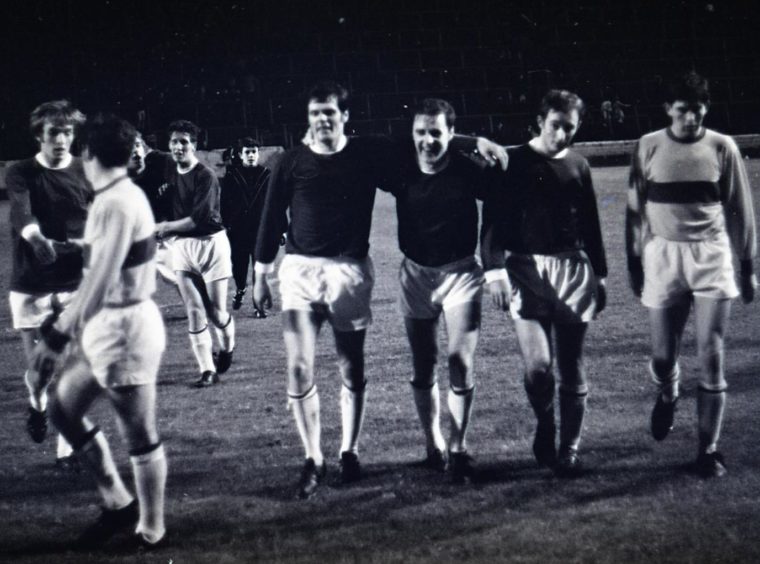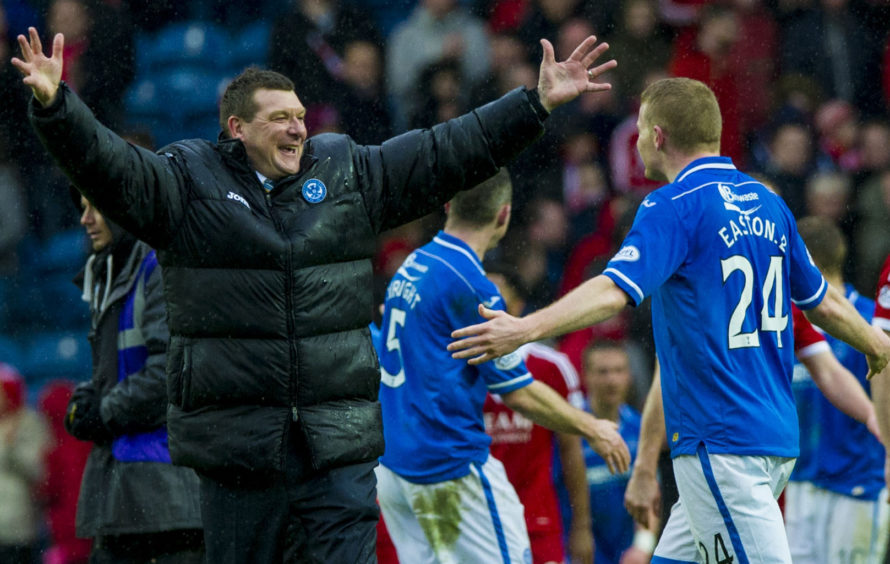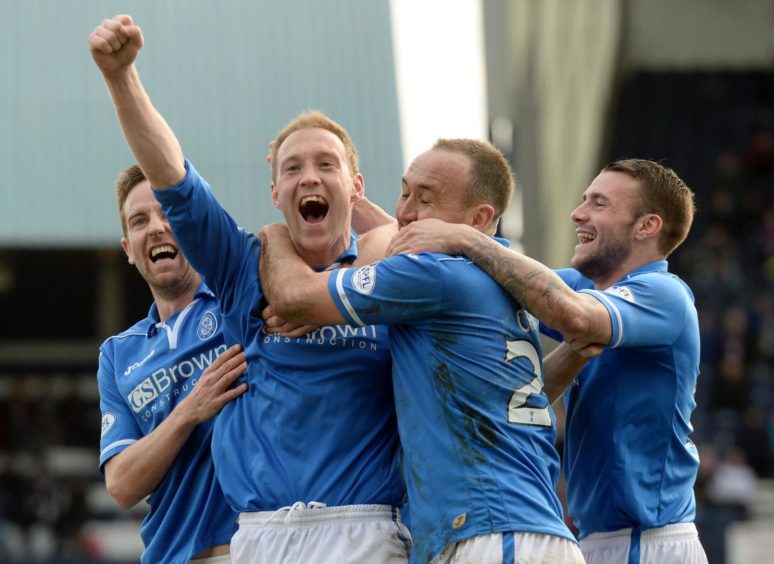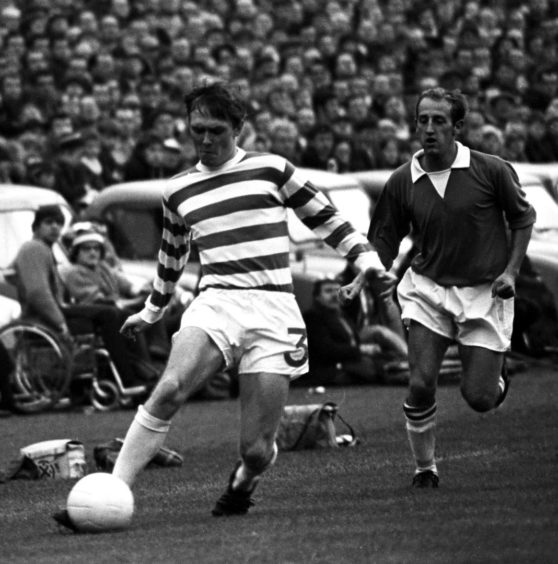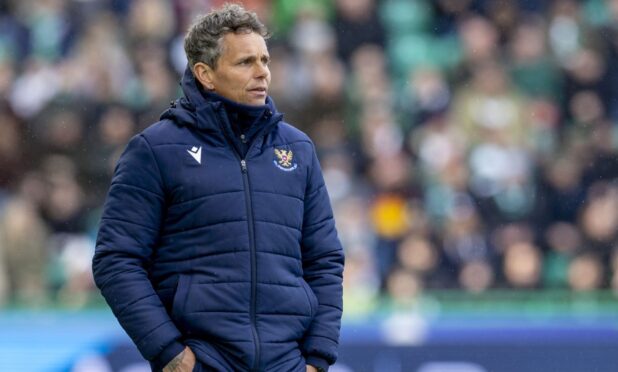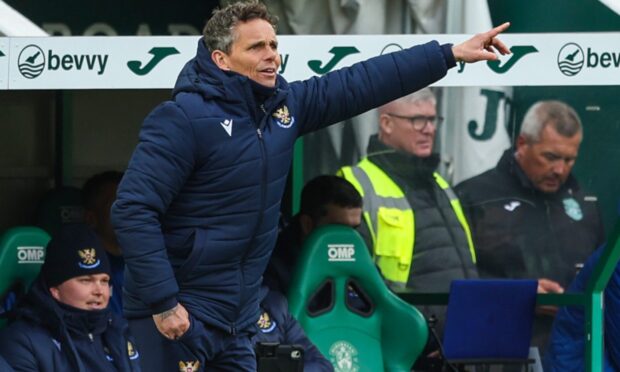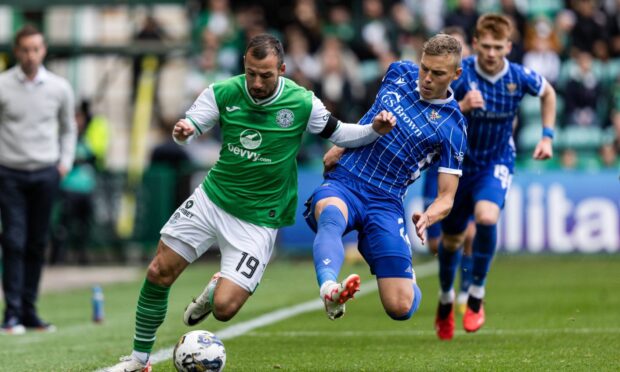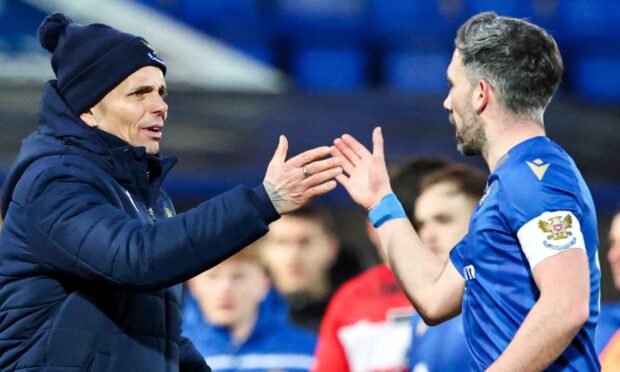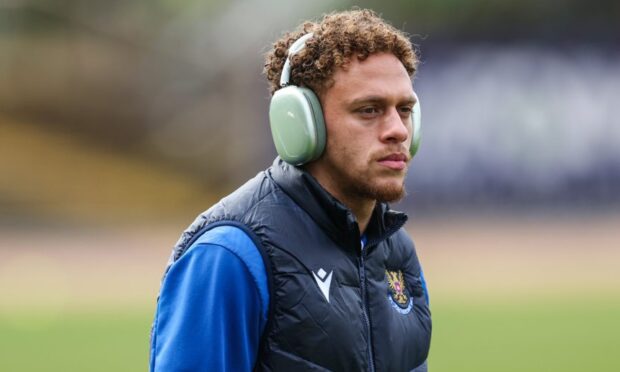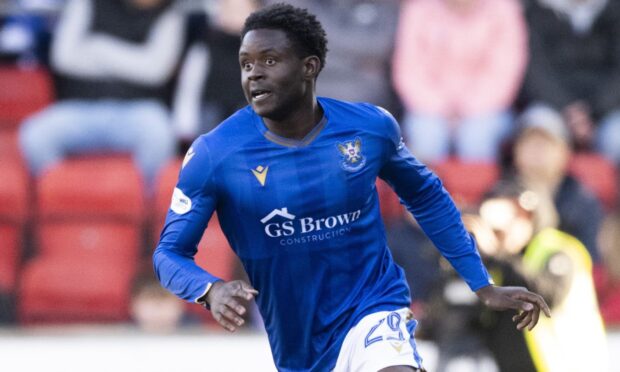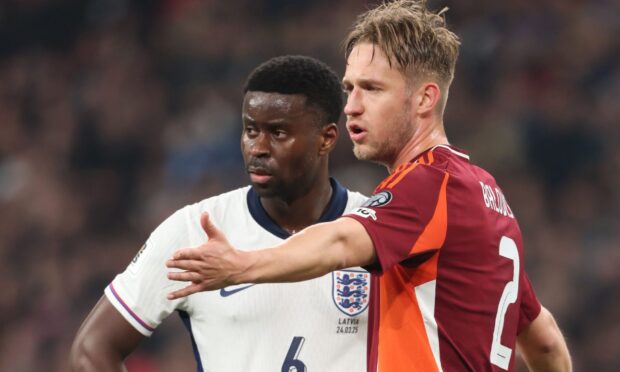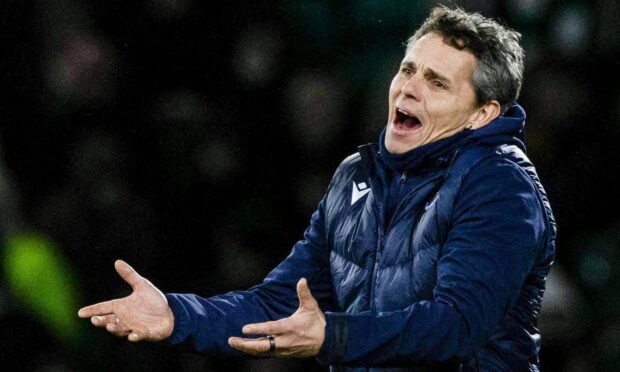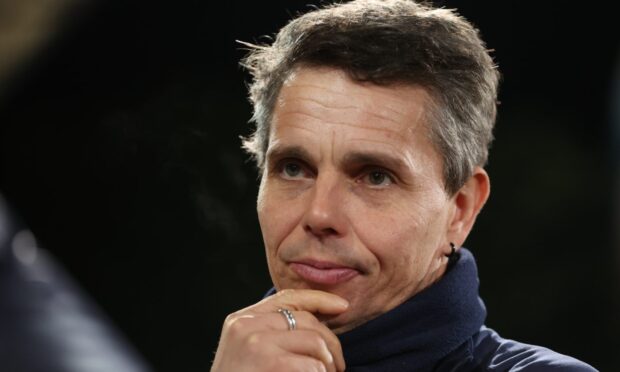It wouldn’t be a proper cup run without an omen or two.
Tottenham used to have their ‘if the year ends in a one’ thing for winning FA Cups.
Everton in 1995 was a great year for the superstitious among their fanbase. After beating the Rams, the Robins, the Canaries and then the Magpies en route to the semi-final, they were understandably relieved to draw a side which had a cockerel on their badge in the last four.
St Johnstone took it all to glorious new heights with May 17, of course.
Making the leap to a final didn’t seem so implausible when your star striker’s name and shirt number came together so prophetically.
Every one of the four clubs left in this year’s Betfred Cup will be able to find something that points to the fact that one more win, maybe even two, is ‘written in the stars’.
For Saints, there is nothing that will settle nerves like a ‘May 17’ but here are five straws to clutch –
1 – Starting with a bang
St Johnstone have got to three national cup finals in their history and for two of the three managers, it has been their first season in charge.
Willie Ormond is the exception – though there was no shame in being knocked out by Dundee in the 1967 semis, a few months after he replaced Bobby Brown in the Muirton Park dugout.
Sandy Clark succeeded Paul Sturrock in the autumn of 1998 and couldn’t have wished for a better start – watching his new team thrash Hibs 4-0 in a League Cup quarter-final. They would then go on to make it an Edinburgh double against Hearts at Easter Road, this time with a famous 3-0 triumph.
Tommy Wright stepped up from his role as assistant to Steve Lomas in the summer of 2013 and, after Saints lost to Aberdeen in that season’s League Cup semi-final, they got their revenge in the Scottish Cup at Ibrox.
This is, of course, Callum Davidson’s debut campaign as Perth boss and he will hope to make it a hat-trick of St Johnstone manager first season finals.
2 – The magic of Motherwell
St Johnstone and Motherwell have met on four occasions in the Scottish Cup since 1998, the most significant clash being the semi-final of 2011 that was a crushing disappointment for Derek McInnes’s side, who were 3-0 down by half-time.
Drawing them in the League Cup has been a sign of good things to come, however.
Saints got to their first ever semi in 1961 after beating Motherwell over two legs in the last eight and then the Steelmen were the 1969 opponents at the same stage when Ormond’s side made history with their Hampden Park win.
The comeback 2-1 victory at Fir Park of a couple of months ago was the stand-out performance and result of the current competition and the Saints-Motherwell connection appears to be working its League Cup magic again.
3 – Revenge is sweet
A trend that links all three of Saints’ runs to a final – and would be the case if they make it four – is that they hadn’t beaten their semi-final opponents before their cup tie that season.
In the case of Ormond’s team, they lost 4-1 to Motherwell in the league shortly before the semi. Saints had drawn with Hearts in 1998. In 2013/14 they had played Aberdeen on four occasions, losing three and drawing once. And they have yet to secure a victory over Hibs in 2020/21, losing controversially in injury-time at McDiarmid Park and being pegged back twice for a 2-2 draw at Easter Road.
4 – Avoiding the Old Firm
If you like this omen, then put money on Saints to not only get to the final but win it.
The McDiarmid Park club were the last to win a national cup competition without having to play either of the big two Glasgow clubs along the way.
The sides they defeated in the 2013/14 Scottish Cup were Livingston, Forfar, Raith Rovers and Aberdeen.
Celtic have dominated both cups since but on the three occasions other sides have lifted the silverware – Inverness Caledonian Thistle in the 2015 Scottish Cup, Ross County the 2016 League Cup and Hibs the 2016 Scottish Cup – they have all beaten either the Hoops or Rangers.
Every time Saints have got to a final, they have done so after avoiding the Old Firm, and letting others do the dirty work of knocking them out.
Given the number of times they get drawn against Rangers and Celtic in other years, it’s certainly nothing to feel guilty about!
5 – No fans at Hampden
This one is for Saints supporters who weren’t at the national stadium in 1969 to see Saints lose to Jock Stein’s Celtic in the League Cup final.
There have been plenty of Hampden semi-finals since for subsequent generations to enjoy (endure), but no more finals.
Celtic Park was the venue in 1998 and again in 2014.
There won’t be any supporters allowed into the Betfred Cup final in February and there will already be Perth fans readying themselves for the mixed emotions of that 50-year trend continuing.
